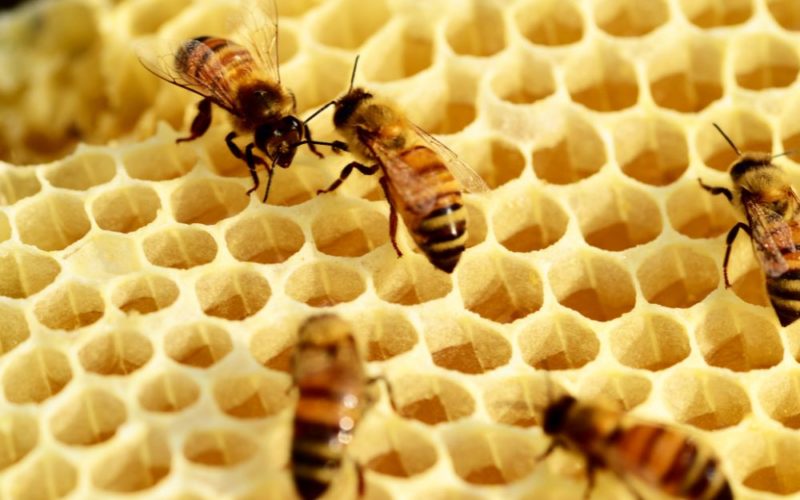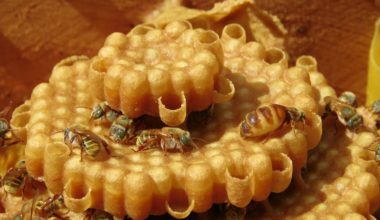Have you ever stopped to marvel at a honeycomb? No, not the cereal, but the intricate and sophisticated structure built by the buzzing little wonders of our world – bees! Dive in with me and let’s unpack the genius behind this naturally occurring marvel. Believe me, after reading this, you’ll be thinking twice about using the word ‘busy’ to describe your day.
Bee Genius: Not Just Your Average Bug Builders
Bees might look small and insignificant, but they are master architects. Every hexagon in their hive serves a purpose. And it’s not just random; the six-sided shape is one of nature’s most efficient and stable structures. In fact, engineers and architects have been left buzzing with inspiration, taking a leaf, or rather a hexagon, out of the bee’s blueprint for centuries.
ADVERTISEMENT
Did you know? The hexagonal design minimizes the amount of building material needed and encapsulates the largest volume, making it energy efficient for bees.
How Do They Even Do It?
I mean, it’s not like bees go to bee-school to learn geometry, right? Yet, somehow, they’ve figured out the perfect method. When bees produce wax and start molding it with their bodies, the honeycomb starts to take its shape naturally. Heat generated by the busy bees softens the wax, and due to surface tension, it forms into those wonderful hexagons we admire so much.
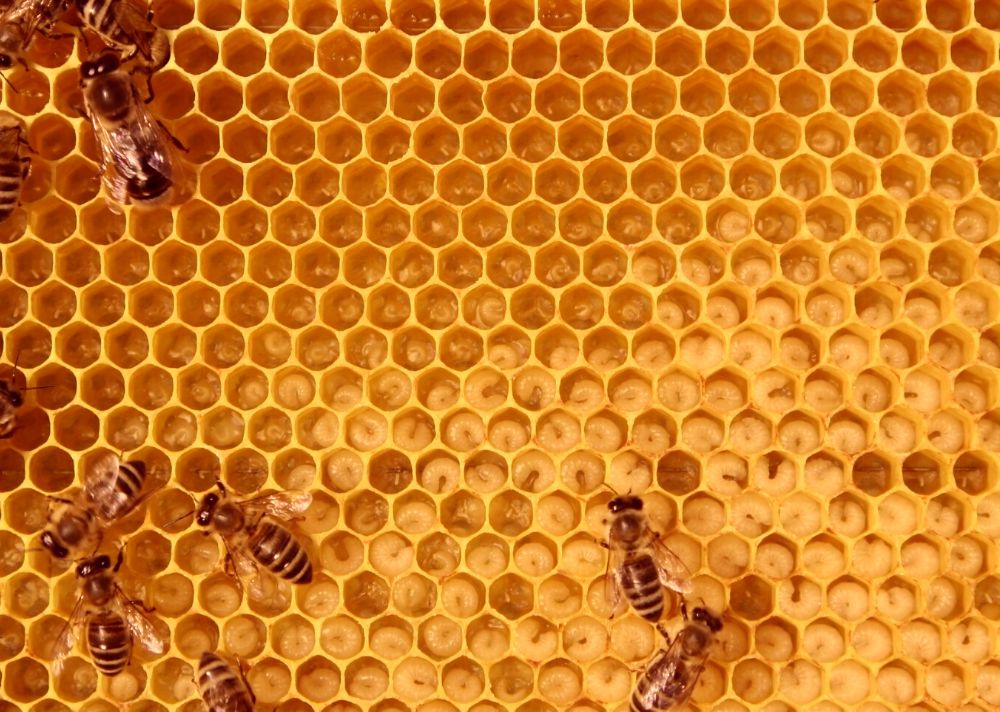
Nature’s Skyscrapers: The Vertical Design
Most of us imagine beehives as cute little round structures hanging from a tree. Surprise! Hives are more like multi-story apartments. These vertically stacked hexagonal prisms provide the utmost space for storing honey while conserving energy. Now that’s some advanced engineering!
ADVERTISEMENT
Fun Fact: A single beehive can house up to 60,000 bees and produce more than 20kg of honey annually!
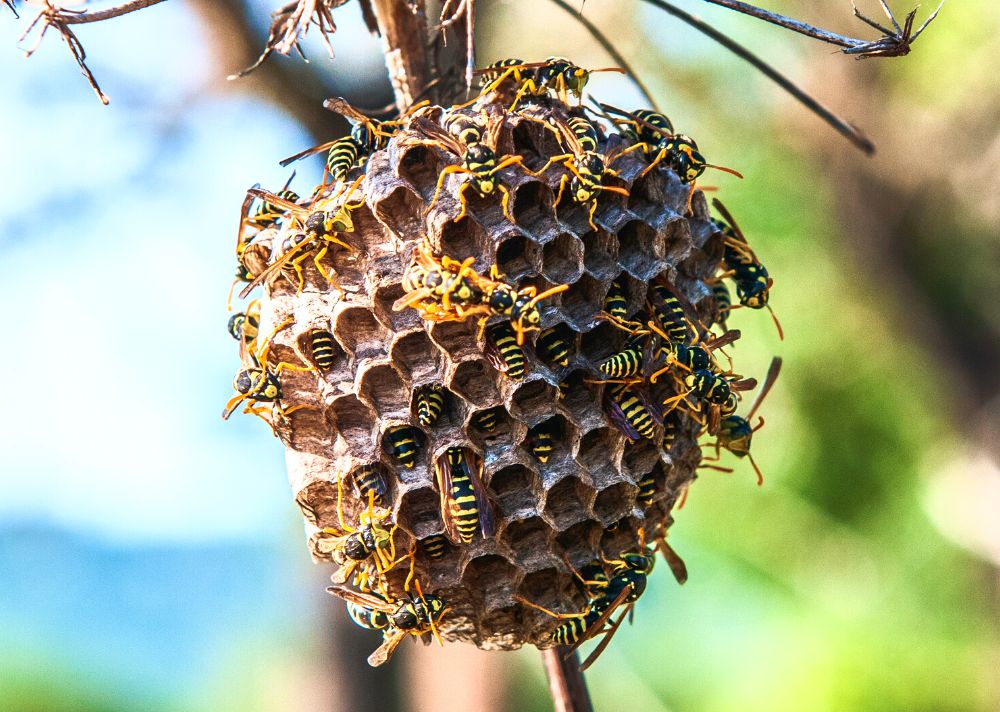
From Nursery to Pantry: The Hive Zoning System
If you thought cities were complex, wait till you peek inside a beehive. It’s zoned to perfection. The upper part of the hive is the honey storage, a pantry of sorts. Below that, there’s a nursery for baby bees and, at the very bottom, the queen’s chamber. Talk about efficient city planning!
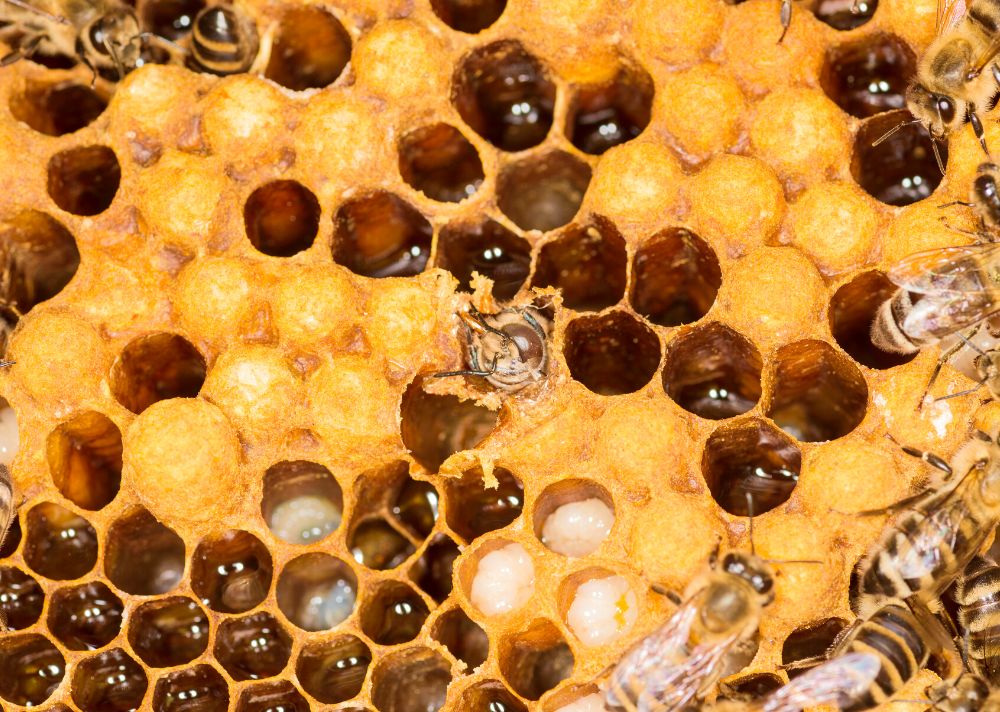
Why Should We Even Care?
Well, besides being nature’s sweet factories, bees play an essential role in pollination. If bees went on strike (perish the thought), it would disrupt our entire food chain. Understanding their habitats can help us in conserving these tiny architects and ensuring that our plates don’t go empty.
ADVERTISEMENT
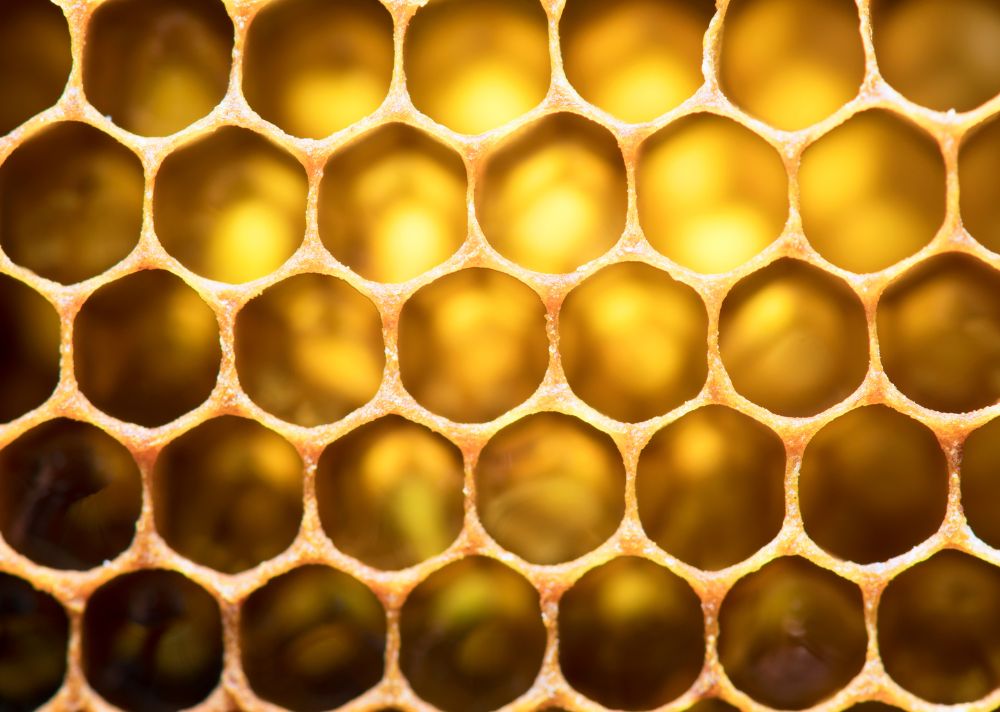
Bees: The Unsung Heroes
For creatures that play such a pivotal role in our ecosystem, bees rarely get the recognition they deserve. Their hives aren’t just homes; they’re testaments to the impeccable craftsmanship and unwavering commitment of these tiny beings. Plus, you know, honey is delicious!
Conclusion: More Than Just Buzz and Honey
We’ve zoomed into the marvelous world of bees and their architectural brilliance. It’s astounding how these tiny insects have figured out such effective design principles that humans can only hope to emulate.
Just a thought to leave you with: if bees were to start charging us for architectural consultation, wouldn’t we all be in debt? 😉
So, reader, next time you spread that golden honey on your toast, will you be thinking of the genius architects behind it?
